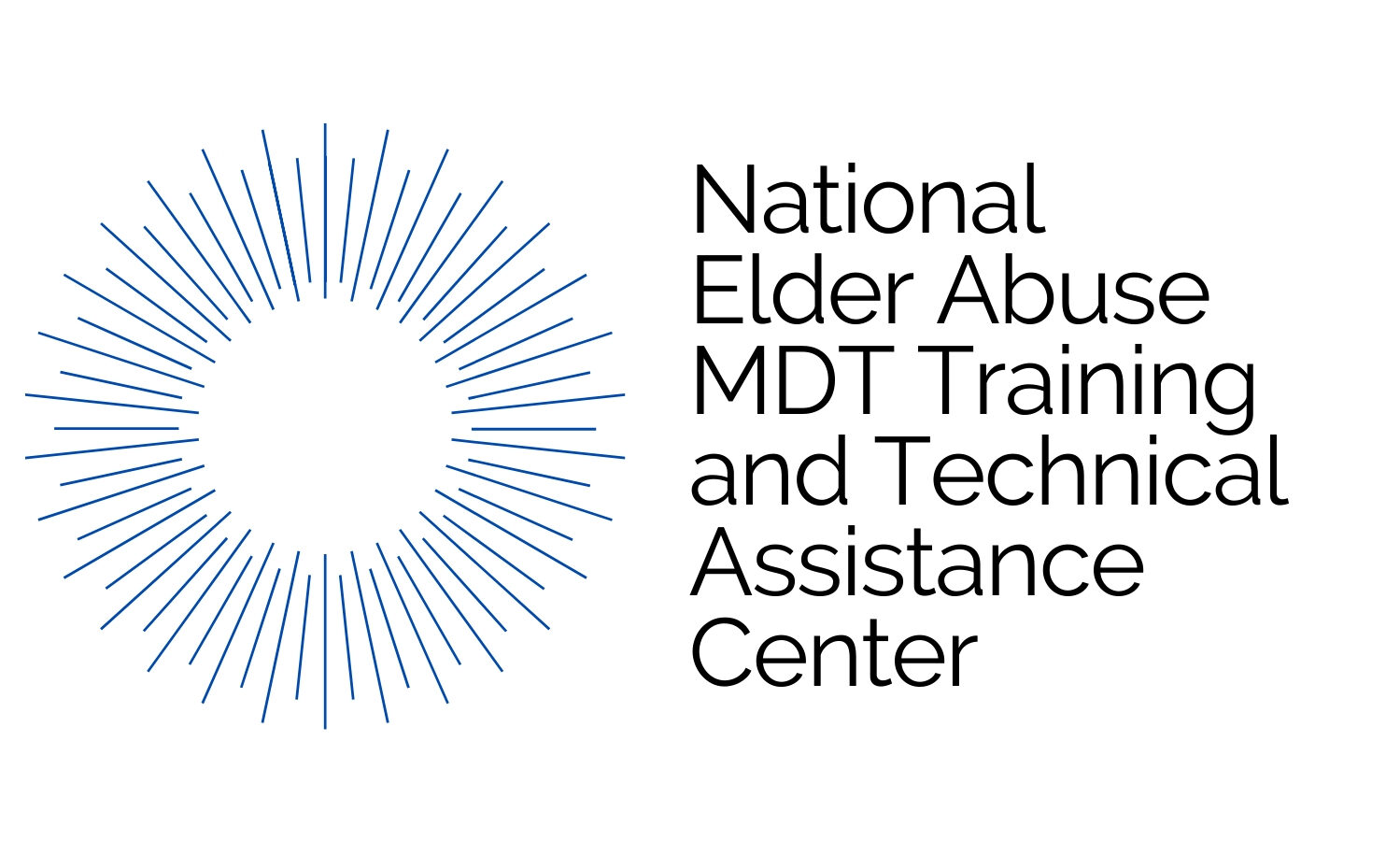
Betsy Ferner is an E-MDT Technical Assistance Provider through Lifespan of Greater Rochester. She has worked in the field of Elder Abuse Prevention for over 10 years.

Lindsay Calamia is the E-MDT Program Manager at Lifespan of Greater Rochester. In her role, Lindsay supports E-MDT Training and Technical Assistance programs focused on delivering consultation and guidance for elder abuse E-MDTs across NYS and in other areas of the US. She has over 15 years of experience in the fields of aging and elder justice.
Why Is It Important for E-MDT Coordinators to have a concrete plan to address the gaps created when a team member or agency leaves?
While it can be a challenge to navigate changes in team membership, turnover on an EMDT is inevitable! Preparing a transition plan will help to ensure continuity within team operations and the E-MDT's response to crime victim needs. Together as a team, consider crafting a plan to address potential gaps that may result from the loss of either a team member or agency partner. The plan should look at both how the gaps in service membership will impact the team dynamic and, most importantly, how the gaps in service will impact the older adults. Keep in mind that turnover can also serve as an opportunity for team growth as new members join. New perspectives contribute to the overall health and well-being of the team and ultimately allow for more effective intervention.
Three Strategies to Address Gaps When a Team Member/Agency Leaves
Consider these 3 strategies when addressing the gaps as a team member or agency leaves the team.
1) Develop Policies and Procedures in the early stages of your team’s development. Establish a transition/succession plan in the policy and procedures, MOU, and/or membership agreement. (e.g., Each partner agency agrees to provide a designated representative from their office or department to participate in regular E-MDT meetings or an alternate when the designated representative is unavailable)
2) Strategize with existing members regarding the needs and gaps on the team. Ask questions about how the transition will impact the team. Will it create a gap in service or expertise? Who is missing, and who needs to be asked to the table? Consider utilizing team members’ community connections for recruitment- request a facilitated introduction or invitation to the meeting. Do not be afraid to do a little name-dropping!
3) Implement a solid onboarding process for new members. Encourage team involvement when bringing prospective members to the team. Prepare onboarding materials to be shared with new members, which will include an overview of the team’s case referral process, team member contact information, and any other relevant information that will aid the transition.
A Helpful Resource
A helpful resource to review is The Care and Feeding of Community-Based Multidisciplinary Teams by Margaret F. Henderson and Rebekah Appleton. This resource covers the life cycle of a multi-disciplinary team starting with the genesis of the team (e.g., determining team focus, mission and vison, on-boarding and conflict management) through self/team assessment after the team has been meeting.



